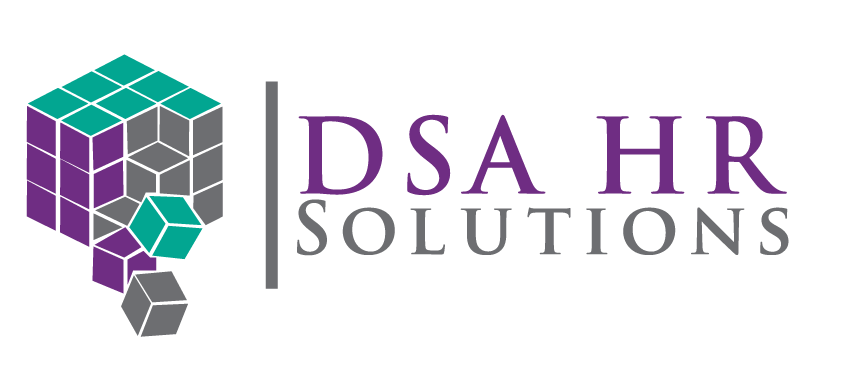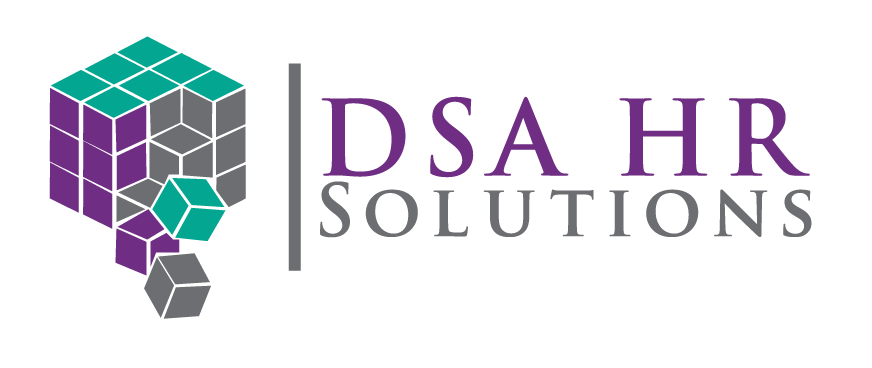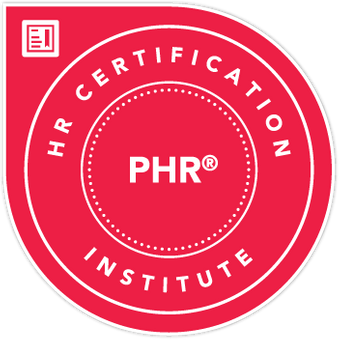Harassment Training In The Workplace
In the complicated world of HR, fewer obstacles are as daunting as workplace harassment. Disagreements at work are normal, but when they turn into harassment, it can create significant challenges for HR. As HR professionals, we need to address this issue directly and quickly with skill and urgency. Let’s dive into the complexities of workplace harassment and explore effective training strategies for resolution.

Types of Harassment In The Workplace
The U.S. Equal Employment Opportunity Commission describes harassment as "undesired behavior that is rooted in race, color, religion, sex (inclusive of sexual orientation, gender identity, or pregnancy), national origin, age (starting from 40 years old), disability or genetic data (including family health history)." For behavior to be illegal, it must make the work environment feel scary, unfriendly, or upsetting to most people.
This includes, but is not limited to:
- Verbal Harassment
- Physical Harassment
- Visual Harassment
- Sexual Harassment
- & Harassing Conduct
In cases of harassment, proper training is vital. Fully understanding each type is important to prevent this behavior in your organization. In this article, we will briefly cover the basics of each type, hoping you will explore them further.
Verbal Harassment
- Yelling or screaming at someone
- Making derogatory remarks or jokes about someone’s race, gender, religion, and any other personal characteristics.
- Spreading rumors or gossiping about a coworker
- Sending offensive or abusive emails or texts
- Making rude or threatening comments
Physical Harassment
- Making threatening or offensive gestures
- Physically intimidating someone
- Unwanted touching, hugs, or kisses
- Spitting or throwing objects
- Deliberately blocking someone’s path or pushing them.
Visual Harassment
- Posting offensive pictures including cartoons, graffiti, and drawings
- Obscene faces and gestures
- Suggestive or derogatory hand or body motions
Harassing Conduct
- Slurs
- Negative stereotyping
- Threatening, intimidating, or hostile acts
Sexual Harassment
- Unwelcome sexual advances
- Requests for sexual favors
- Verbal or physical harassment of a sexual nature
A study in 2023 found that 53-81% of women surveyed had faced sexual harassment at work. Half of the victims said harassment affected their careers. Most adults think their company takes harassment seriously, but only 30% believe their employer handles incidents correctly.
These numbers are worrying. Our job as HR professionals is to stop these incidents from becoming an issue at work.
Harassment Training In The Workplace
As HR professionals, our main goal is establishing a culture of accountability in our workplace. Regular, well-planned training helps employees understand the company's stance on harassment and know how to handle such incidents. We've outlined some steps you can use to get ahead of these issues.
1.Make sure your team understands what harassment is.
Harassment is a complex issue. Some forms are easy to see, but it's the less obvious ones that can cause unexpected problems.
2. Focus more on prevention training.
Establishing a well-known, zero-tolerance stance for harassment within your organization is imperative. Prioritizing education, anti-harassment training, and open communication go a long way in being proactive. Regularly scheduled, interactive training sessions among managers and employees are a great way to create a culture where harassment is unlikely to take place.
3. Keep sexual harassment prevention training positive.
Speaking negatively is a quick way to miss getting your message across to employees. Encourage positive speech and inclusivity to promote a shared responsibility in preventing sexual harassment. Choose sexual harassment training courses carefully, avoiding curriculums with negative or insinuating training content. Be intentional in your selection process.
4. Everyone should know that it is unacceptable to stand aside and watch harassment happen without trying to help.
Teach ways to stop harassment subtly without putting yourself in danger. Stopping harassment can be as simple as speaking up when someone tells an offensive joke or acts inappropriately. Workplace harassment prevention trainings that teach how to respond to harmful behavior can greatly help those affected by it.
5. If a harassment issue takes place, swift and decisive actions need to take place.
Act quickly to resolve issues and show your team that their employer is committed to preventing harassment. Many people do not report instances of harassment in the workplace because they have zero confidence that any action will be taken. Or worse, that they will be penalized in some way for speaking out. Assure your team that the company takes this matter seriously by tackling harassment cases head-on when they occur.
DSA HR Solutions Harassment Prevention Training
Navigating harassment laws, gray areas and employee training are vital parts of the human resources role in the workplace. Cultivating a harassment-free work environment may seem overwhelming. However, prioritizing harassment training in the workplace and creating a culture where harassment is unlikely to take place can help ensure these incidents remain minimal.
If your organization is struggling to find the right harassment prevention training program for your managers and nonmanagers,
contact us today. Our programs are thought-provoking, fun, and exactly what your business needs to not only be in compliance with regulatory laws but to create a work culture where no one has to be worried about bullying and harassment.
Author
We are a team of certified
HR experts based out of the San Francisco
Bay Area that provides
HR consulting services to businesses nationwide.





